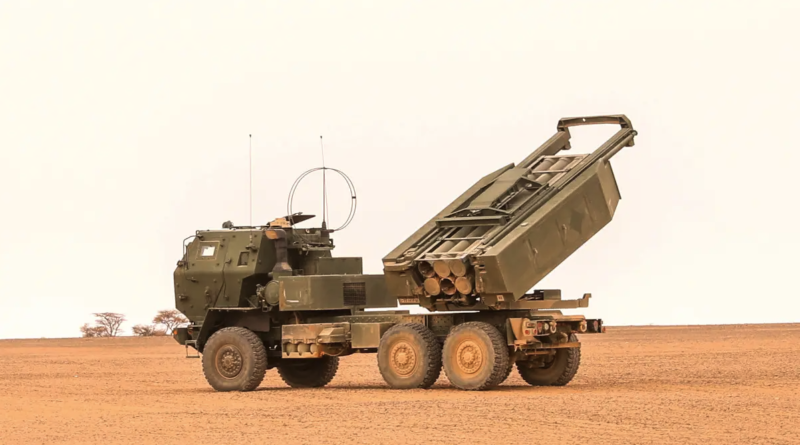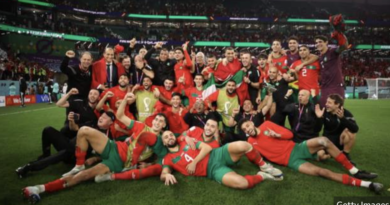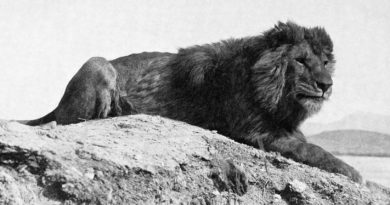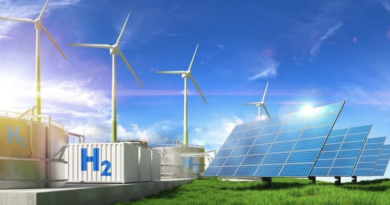Algeria and Morocco locked in arms race
The neighboring Maghreb countries of Morocco and Algeria have had a long-standing conflict that dates back to the colonial era. Currently, the two neighbors are locked in a growing arms race, as their budgets for the arms and defense sector have increased significantly.
Conflict over the Sahara desert
At a time of high inflation in the region, water shortages, and civil unrest; the two countries find in each other a common enemy rather than their ongoing domestic challenges. The conflict between Morocco and Algeria is rooted in the territorial dispute over what Morocco calls “Southern provinces”, and the UN calls “Western Sahara”. This land is a former Spanish colony that was annexed by Morocco in 1975.
Algeria, which supports the independence of the region, has been providing political and financial support to the separatist movement, the Polisario Front. This has led to a strain in diplomatic relations between the two countries, with both sides accusing the other of supporting terrorism and destabilizing the region.
The dispute has led to the closing of the border between the two countries since 1994, hindering economic cooperation and people-to-people interactions. However, despite the political tensions, the people of Morocco and Algeria share many commonalities that can bring them closer together.
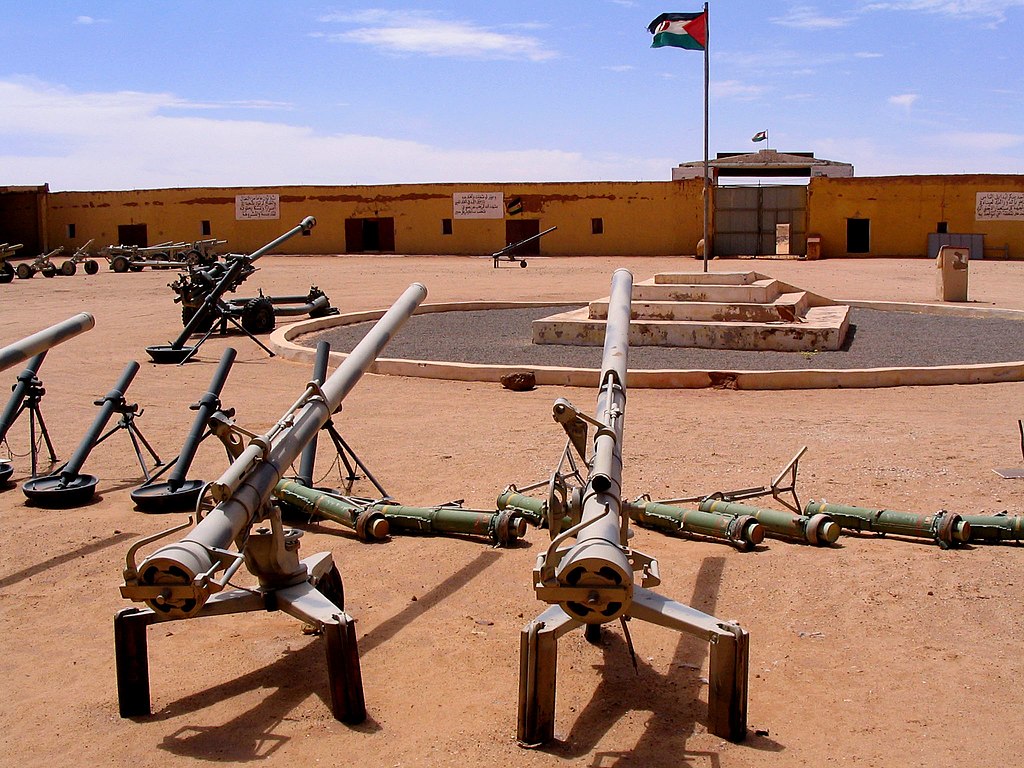
An Arms race ongoing
Morocco and Algeria have long engaged in an arms race since the sand war in 1963. Recently, Algeria, which has the second-largest armed forces in Africa, allocated 23 billion US dollars to its defence sector, representing 15% of its GDP, a significant increase from the previous year’s budget. These increased funds are mainly used to counter Morocco’s strategic alliance with Washington and to maintain Russia’s influence in the region.
Algeria is also diversifying its export of military equipment, with drones from Iran posing a direct threat to regional stability. In exchange for the weapons, Iran and Russia are demanding military bases in Western Sahara to exert more influence in the Maghreb and the Sahel.
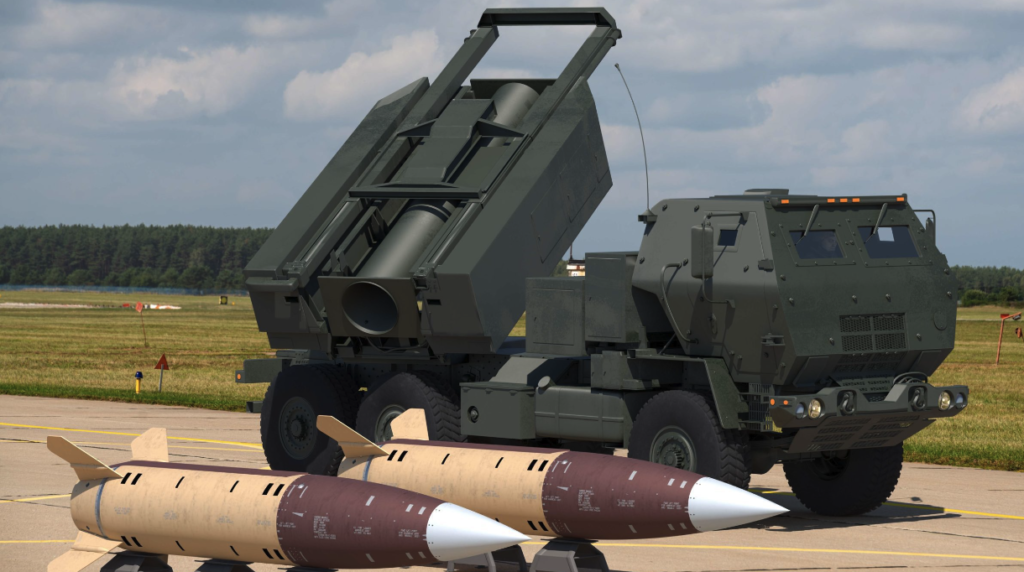
On the other hand, Morocco has has allocated a budget of 17 billion US dollars to the Royal Armed Forces. It is currently modernizing its armed forces by purchasing modern weapons, including F-16 fighters, Abrahms armoured cars, Predator drones and HIMARS artillery rocket systems, which have been effective in Ukraine against Russian advances.
The US has approved the sale of 18 HIMARS systems to Morocco to enhance its ability to meet current and future threats and maintain regional stability and security. These weapons are crucial in countering the terrorist threat and Wagner’s mercenaries, which pose destabilizing activities in the region.
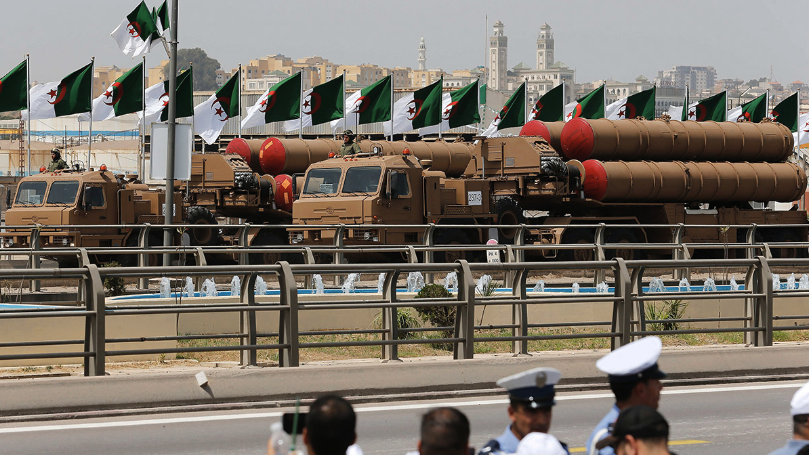
The US has been collaborating with Morocco to counter threats in the region, and these collaborations are often carried out through military exercises. The African Lion operation, the largest military excercise in Africa, is in its 19th edition in 2023, sealing the strategic relationship between Washington and Rabat. Although some Spanish media outlets have linked Morocco’s purchase of the latest launchers to the threat they pose to several Spanish cities, such as Granada, Cordoba, and Seville, the objectives are far removed from reality for the US and Moroccan targets.
While Algeria has the second-largest armed forces in Africa, most of its devices are provided by Moscow. As Algeria is renewing its request to Russia, its main supplier of armaments and military systems, to improve the quality of its military devices. However, Morocco is willing to allocate funds to defence industries in addition to procuring arms abroad, thereby modernizing its armed forces with the latest weapons.
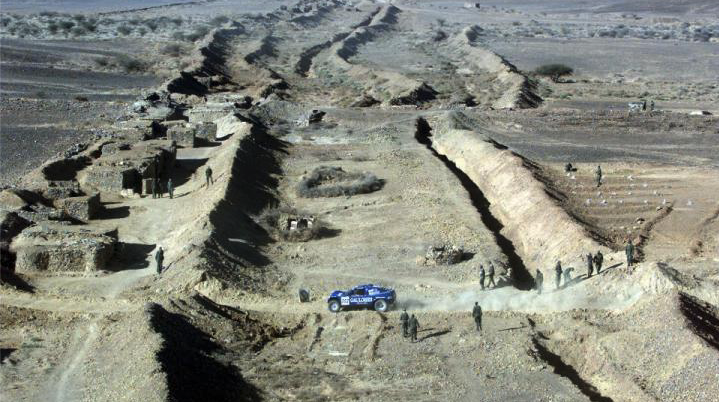
Common interests take the back seat
Despite the political tensions, the people of both nations are more alike than different, sharing many cultural and social values that unite them. The similarities between the people of Morocco and Algeria go beyond language, culture, and religion. Both nations share a common history of colonialism and struggle for independence.
The two countries were colonized by France in the late 19th century, in addition to Spain for Morocco. The two neighbors gained their independence in the 20th century after a long and difficult struggle. During those times the nationalists in both countries supported each other against their common foreign enemy. Yet, recently Algeria has been moving closer to France, and Morocco has strengthened its relationships with Spain.
This shared history has created a bond between the two countries and can be a starting point for reconciliation and cooperation.
